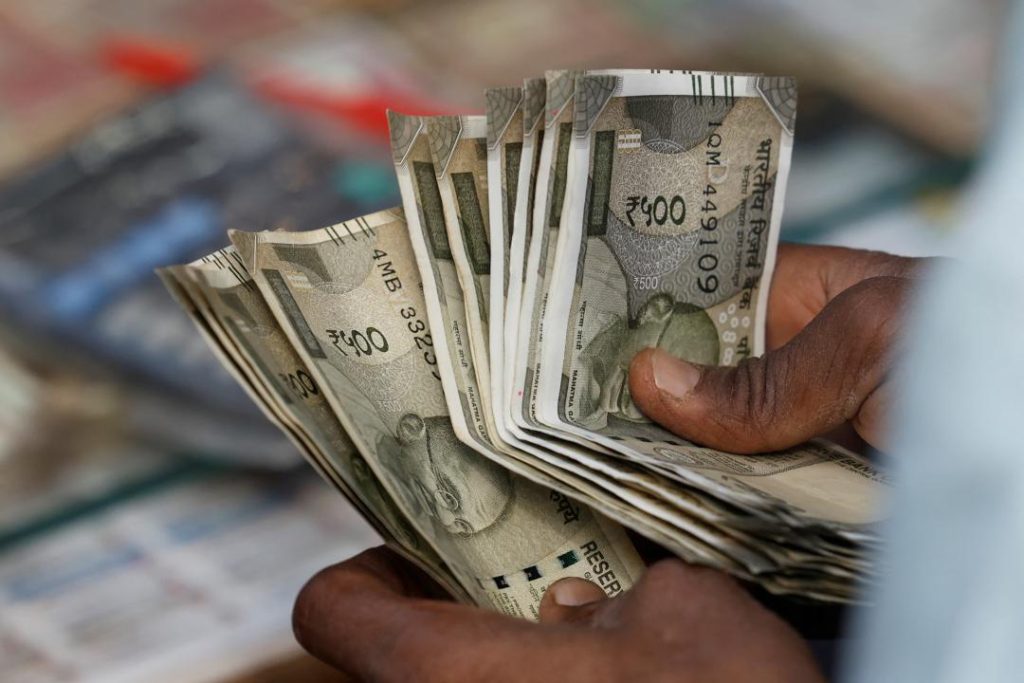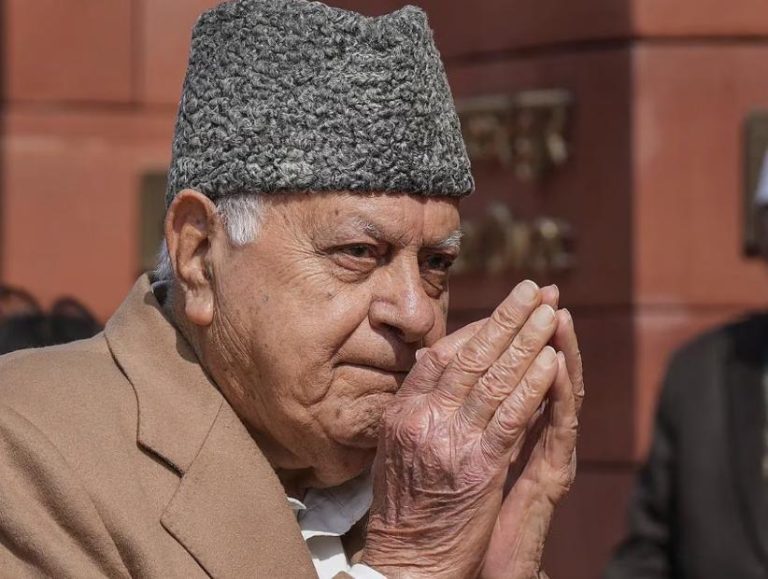
What Got Cheaper and Costlier in March as CPI Falls to 67-Month-Low of 3.34%?
As India’s retail inflation rate fell to a 67-month-low of 3.34% in March, a significant shift was seen in the prices of various commodities. The Consumer Price Index (CPI) is a crucial gauge of inflation, and the recent drop is a welcome relief for consumers. But which products saw their prices decline, and which ones rose? Let’s dive into the details.
Falling Prices:
- Eggs: A significant 14.15% decline was seen in the prices of eggs in March, making them more affordable for consumers.
- Vegetables: Prices of vegetables dropped by 10.11% in March, providing relief to households that consume these staples.
- Pulses: Pulses, which are a key source of protein, saw a decline of 9.53% in their prices.
- Spices: Although the decline was marginal, prices of spices dropped by 0.44% in March.
- Meat, Fish, and Housing: Prices of meat, fish, and housing saw minor declines of 0.31%, 0.22%, and 0.12%, respectively.
- Recreation and Amusement: This category, which includes entertainment and leisure activities, saw a minor drop of 0.06% in prices.
Rising Prices:
- Fruit: A significant 14.41% jump was seen in the prices of fruit in March, making them more expensive for consumers.
- Cereals: Prices of cereals, which include grains and other staple foods, rose by 1.37% in March.
- Milk: Milk prices saw a marginal increase of 0.85% in March.
- Oil: A 0.63% rise was seen in the prices of oil in March.
- Sugar: Sugar prices rose by 0.56% in March.
- Confectionery: Confectionery items, such as sweets and chocolates, saw a minor price increase of 0.45% in March.
- Clothing: Clothing prices rose by 0.38% in March.
- Snacks: A 0.36% increase was seen in the prices of snacks in March.
- Sweets: Prices of sweets and bakery products rose by 0.35% in March.
- Pan, Tobacco, Footwear, Fuel, Health, and Education: These categories saw minor price increases, ranging from 0.19% to 0.34%.
What Does This Mean for Consumers?
The decline in retail inflation to a 67-month-low is a positive development for consumers. With prices of essential commodities like eggs, vegetables, and pulses falling, households can expect to save money on their daily expenses. The marginal increases in prices of other commodities are likely to have a limited impact on overall inflation.
What Does This Mean for the Economy?
The drop in retail inflation is a welcome relief for the economy, which has been facing subdued growth in recent times. The Reserve Bank of India (RBI) has been grappling with the challenge of balancing inflation and growth, and this development may prompt it to consider a rate cut in the future. A lower interest rate environment can stimulate economic growth by making borrowing cheaper and increasing consumer spending.
Conclusion:
The recent decline in retail inflation to a 67-month-low is a significant development that has implications for both consumers and the economy. While some commodities saw price increases, the overall trend is positive, with prices of essential goods falling. As the economy navigates its way through the challenges of growth and inflation, this development is likely to provide a boost to consumer spending and overall economic activity.
Source:






